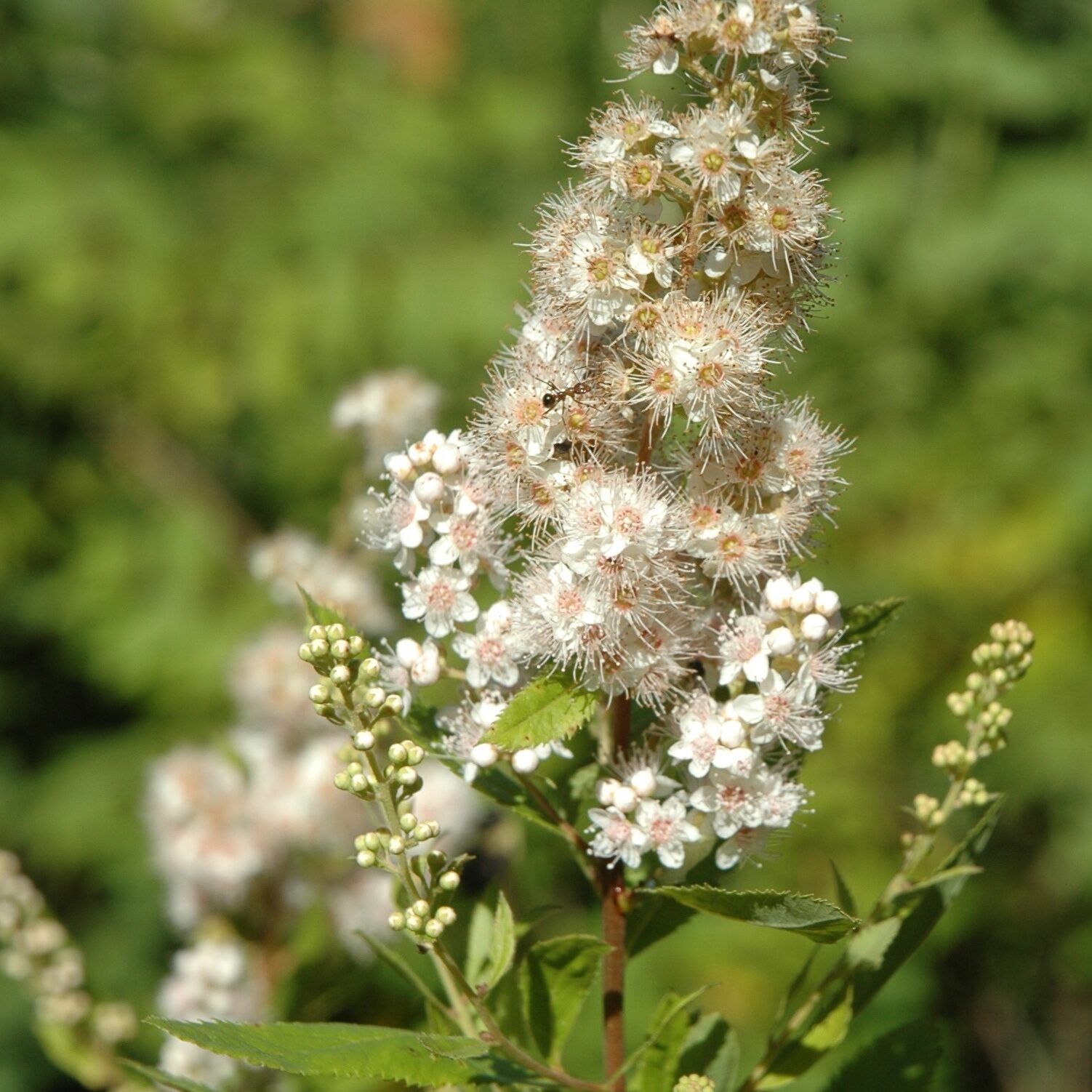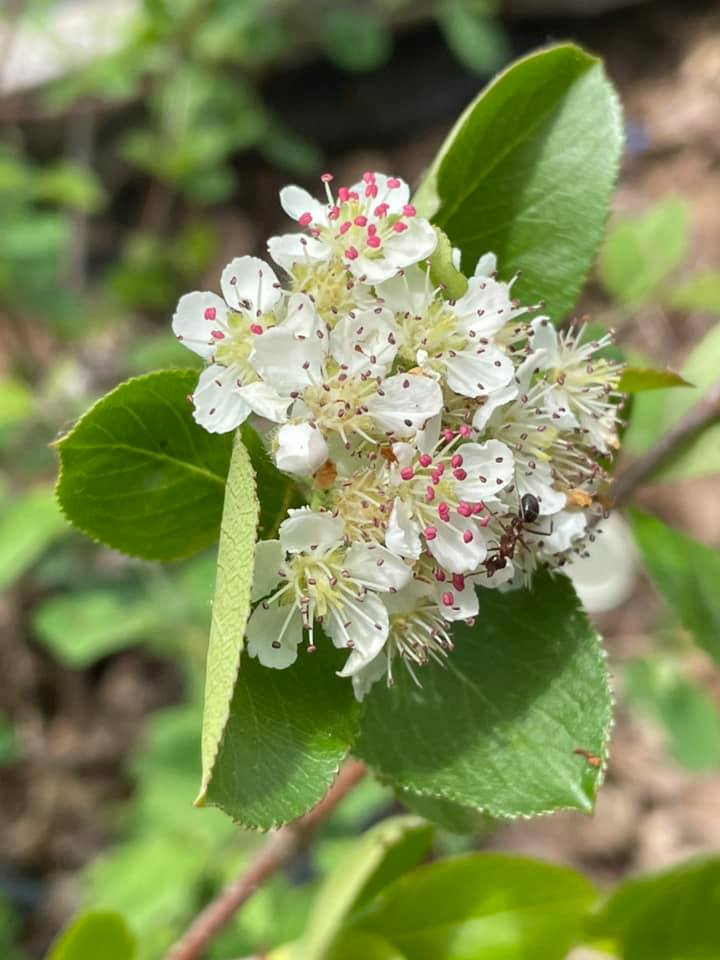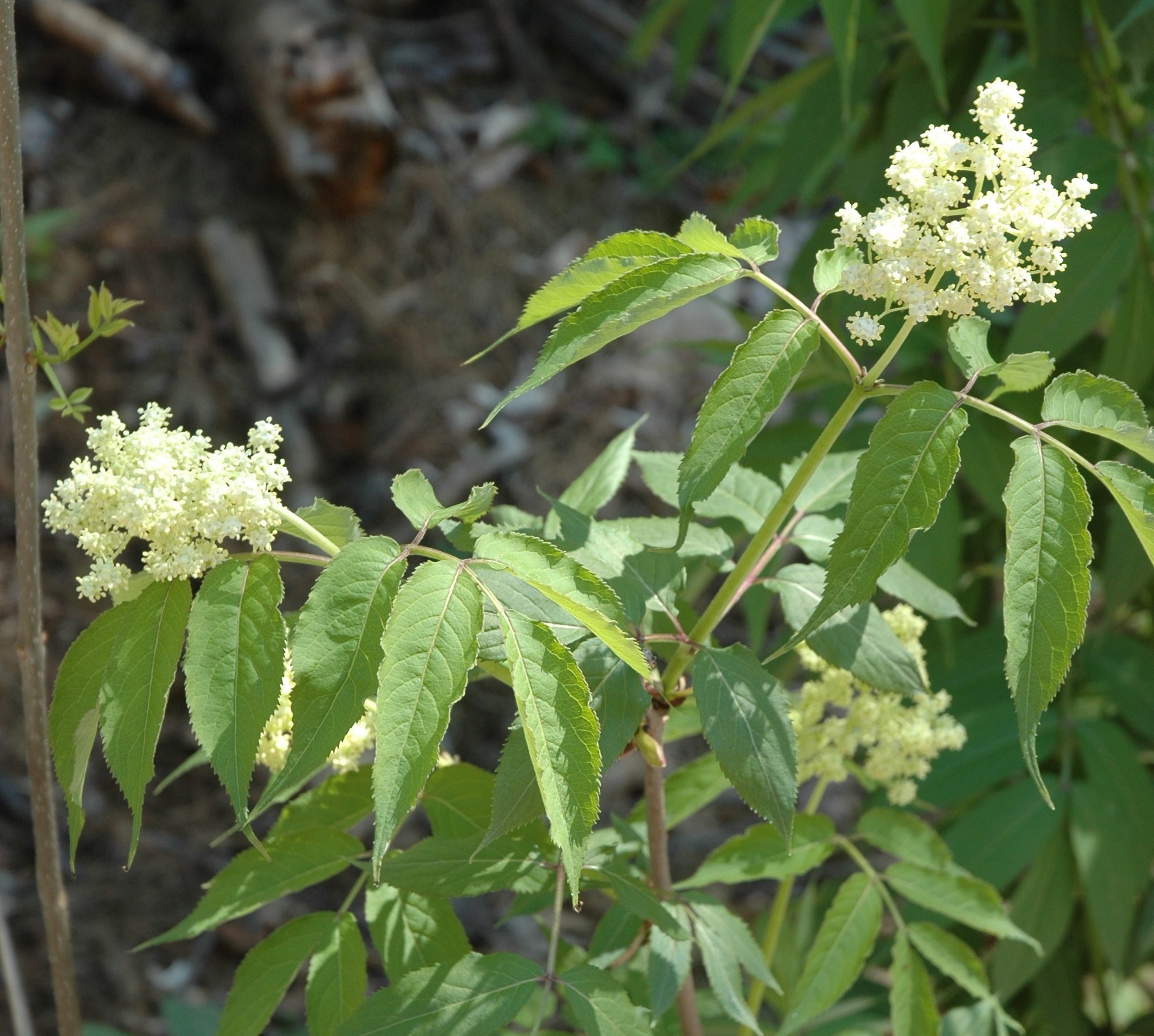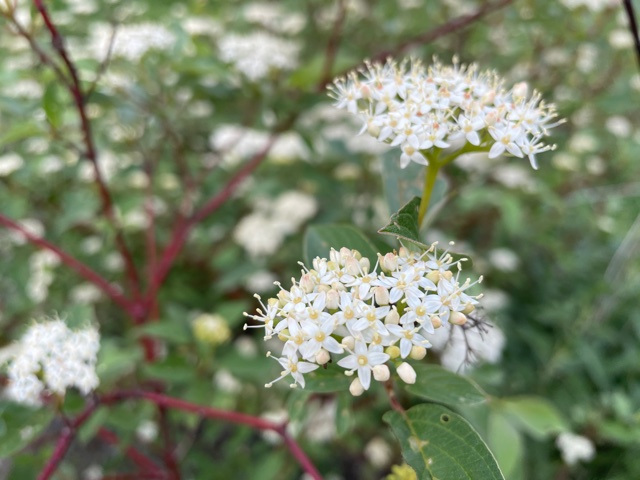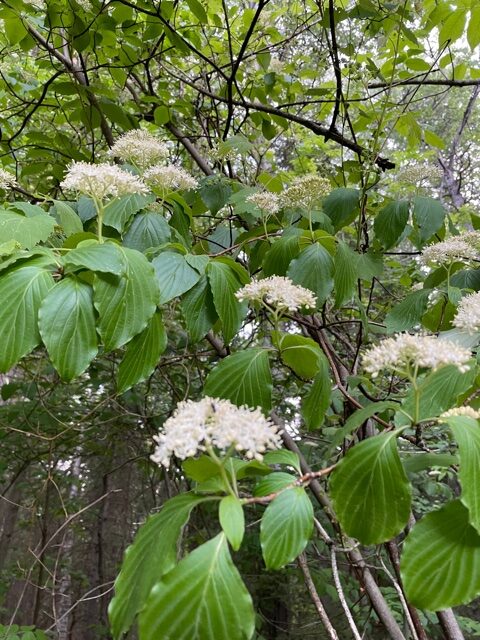Shrubs
Based on current stock, seedings and orders, we anticipate having the following shrub species available in the 2024 season.
We strive to offer the greatest diversity possible and may have additional species for the upcoming growing season.
Stock may be available as plugs, 1 gal, 2 gal &/or larger pots.
Contact bea@naturalthemes.com to confirm availability.
Shrubs
- Winterberry
- Meadowsweet
- Nannyberry
- Witch Hazel
- Saskatoon Serviceberry
- Chokeberry
- Eastern Redbud
- American Mountain-ash
- Kalm’s St John’s Wort
- Ninebark
- Buttonbush
- Red Elderberry
- Red Osier Dogwood
- Wild Rose
- Pagoda Dogwood
- Smooth Arrowwood
- Sweet Gale
- Canada Plum
- Purple Flowering Raspberry
- Black Elderberry
- Fragrant Sumac (fall foliage)
- Canada Plum
- Indigo Bush
- Bladdernut
- Chokecherry











